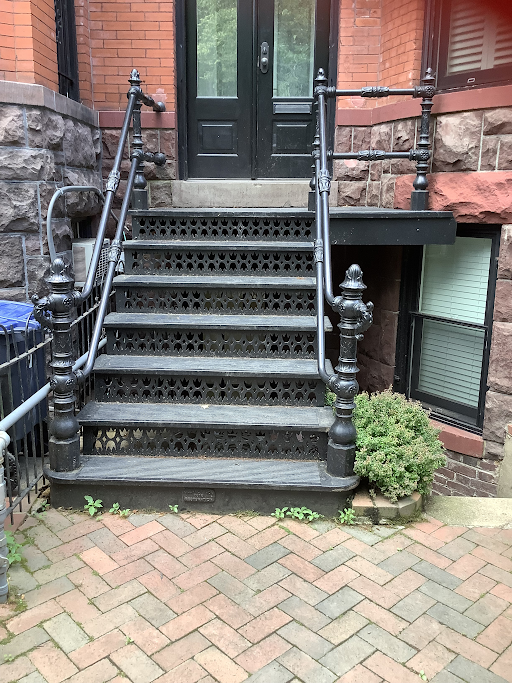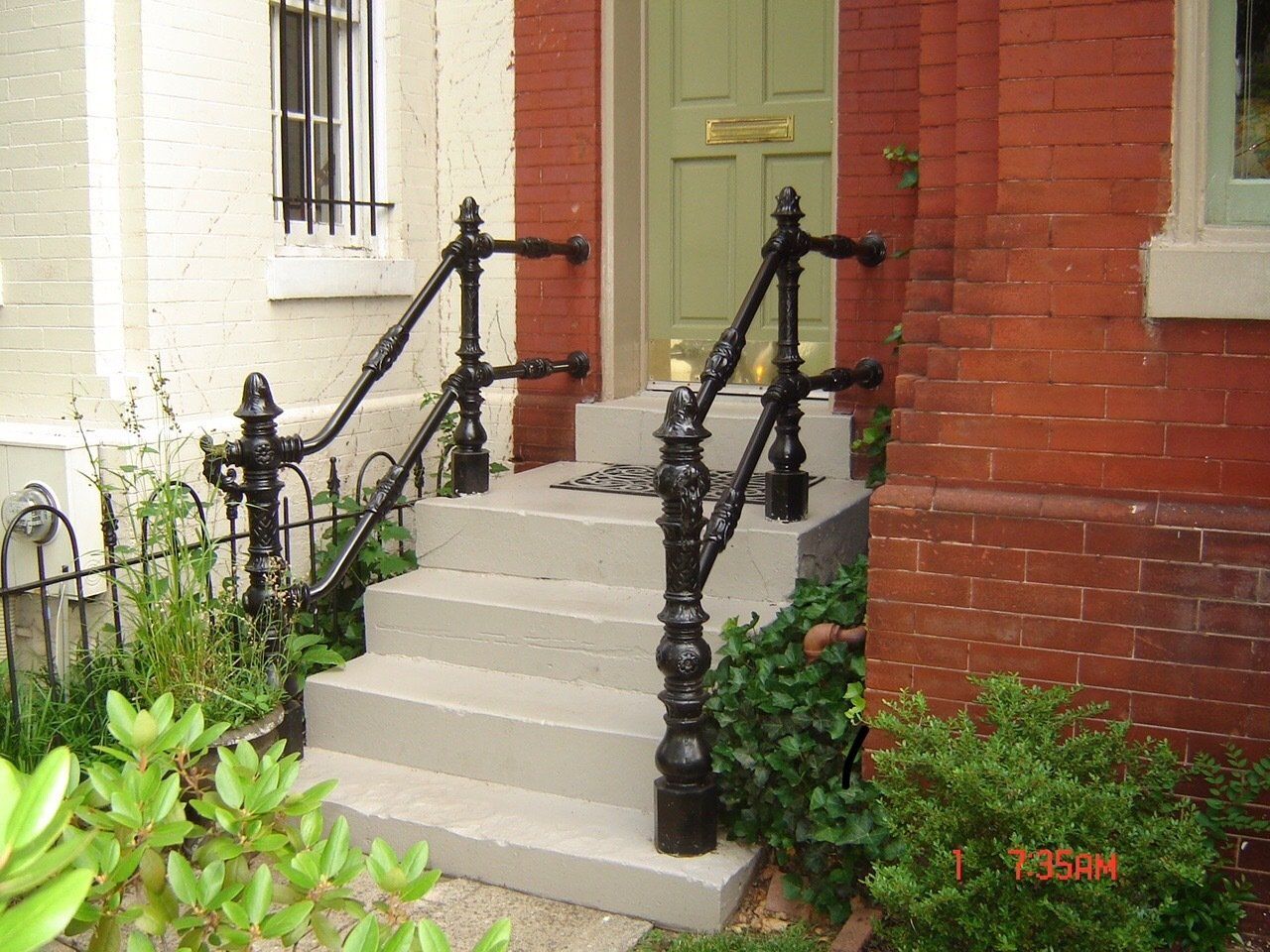Washington D.C.'s Top
Ironworks

Welcome to Mashack Frederick Iron Works
Welcome to Mashack iron we specialize in restoring and replicating the ironwork of the historic district of Washington DC including castiron porches,iron fencing,decks,staircases and specialized projects as time and available labor permits. Fred Mashack’s emphasis is on quality which takes a little longer toproduce so we are always busy.
If your job is a simple no historic repair or if is not in my service area i may be able to refer someone who who can do it satisfactorily in a reasonable amount of time. I am always looking for iron workers who are competent that I can recommend
About Us
Mashack Iron's first location was 441 4th St NE, a barn in the alley off E St NE. According to a neighbor who said he cleaned out the stable when he young, it was originally owned by an ice delivery person. His horses were on the first floor, and there was a hand drawn elevator that took the carriages and supplies to the second floor. The pulley system was still there when we moved in.
Mashack Iron served the historic district of Capitol Hill through Georgetown, operating out of 1804 Half St SW since about 1985. It was the ideal location, 2.8 miles from home on Capitol Hill, and when I stepped out front, I could see the mast of my sailboat at Buzzard Point Marina. When asked to work, my service area was simple. I didn’t cross any bridges, and now I have to cross a bridge to go to work.
We were forced to move out of the district, like all the other service industries, due to its insatiable desire to increase its tax base by rezoning to build high-rise offices and apartments. It is now located at 4751 Lydell Road, 5.7 miles from home, as close as possible to Capitol Hill.
Mashack Iron has been dedicated to restoring the ironwork of the historic district, along with creative projects, which blend in with the historic district. Originally, it was Fred, Ted and Ed. Our main projects were installing security gates and window guards, which had to be installed the same day as settlement. We were an integral part of the settlement process. Without gates and guards, they wouldn’t go to settlement. From there, we have progressed from installing security gates and window guards, to historically correct handrails and fences, and repairing cast iron porches. Right now, the majority of work is restoring cast iron porches, since they are all about 130 years old and have had poor to no repairs. We take ironwork less than 100 years old to the scrapyard. Most of the fences in the historic districts have been installed and the gates and window guards are being removed.
I do not solicit business, customers find me through reputable recommendations.
We Bring Iron To Life
At Mashack Frederick Iron Works, we create beautiful, historically accurate iron fences, furniture and decor. We provide custom ironworking and fabrication services to people all over the DMV area. Do you have an idea that you'd like to see brought alive in your home, yard or business? Centuries old iron in need of restoration?
Contact us today to ask about our ironworking services today.
Fabrication
Last castiron porch was built in the Washington historic district in about 1910 not until 100 years later in 2012 was a100% new reproduction porch built when I was able to get a deckplate cast
Installation
Gone International
Mashackiron has provided a well and water tower in Kenya. Water is valuable and we take it for granted. Just turn on the faucet and it is there. In Kenya, most people in the countryside have to carry water from a remote location a well is a luxury they don’t have. When I learned about this, I was given the opportunity to provide an upgrade to a well and the installation of a water tower. I considered it a once in a lifetime opportunity Every dollar went directly to the project no overhead, also each dollar here was like 10 dollars there. Every day it makes a difference in the lives of a community
Our History
Our Process
Idea
You determine what you are looking to add to your home or business and reach out to us at Mashack Frederick Iron Works
Design
You approach us with your idea and tell us what you're looking to build, then we'll take it back to our workshop and begin planning and designing it.
Accuracy
We follow your requests and our designs to a tee. We stick to our plans to ensure that you get the piece you want looking exactly as you want it.
Satisfaction
Each piece of metal we work with undergoes meticulous examination and quality checks both before and after we work with them to guarantee you'll love your new custom metal installation.

Mashack is the last of his kind, a link to the once thriving iron industry in the region. In his decades of caring for the ornamental metalwork gracing so many old homes and businesses, he has seen everything, done everything. No one has his expertise.
Dan P.

We bought a house on Capitol Hill with great cast iron stairs but someone had removed the original railings and replaced them with cheap, ugly ones. Mashack installed historically accurate replicas for almost exactly half of what another ironworks wanted to charge.
Sean C.

I saw him on an old episode of This Old House and knew he was our guy. I'm so glad we continued our search. He completely restored the stairs, railing, porch, and recast the treads from molds he had. They are truly beautiful. It is difficult to find true craftsman and honest businessmen like Fred.
Iron Work FAQs
Contact Us
Have a question? We are here to help. Send us a message and we’ll be in touch.




